Intramuros stands as a living testament to the country’s rich history and cultural heritage. This walled city, literally translating to “within the walls,” holds within its ancient fortifications a trove of historical landmarks, picturesque cobblestone streets, and immersive experiences. In this comprehensive travel guide, we will delve into the history of Intramuros, provide directions on how to get there, and highlight the must-visit places and activities that make exploring this historic enclave an unforgettable journey.
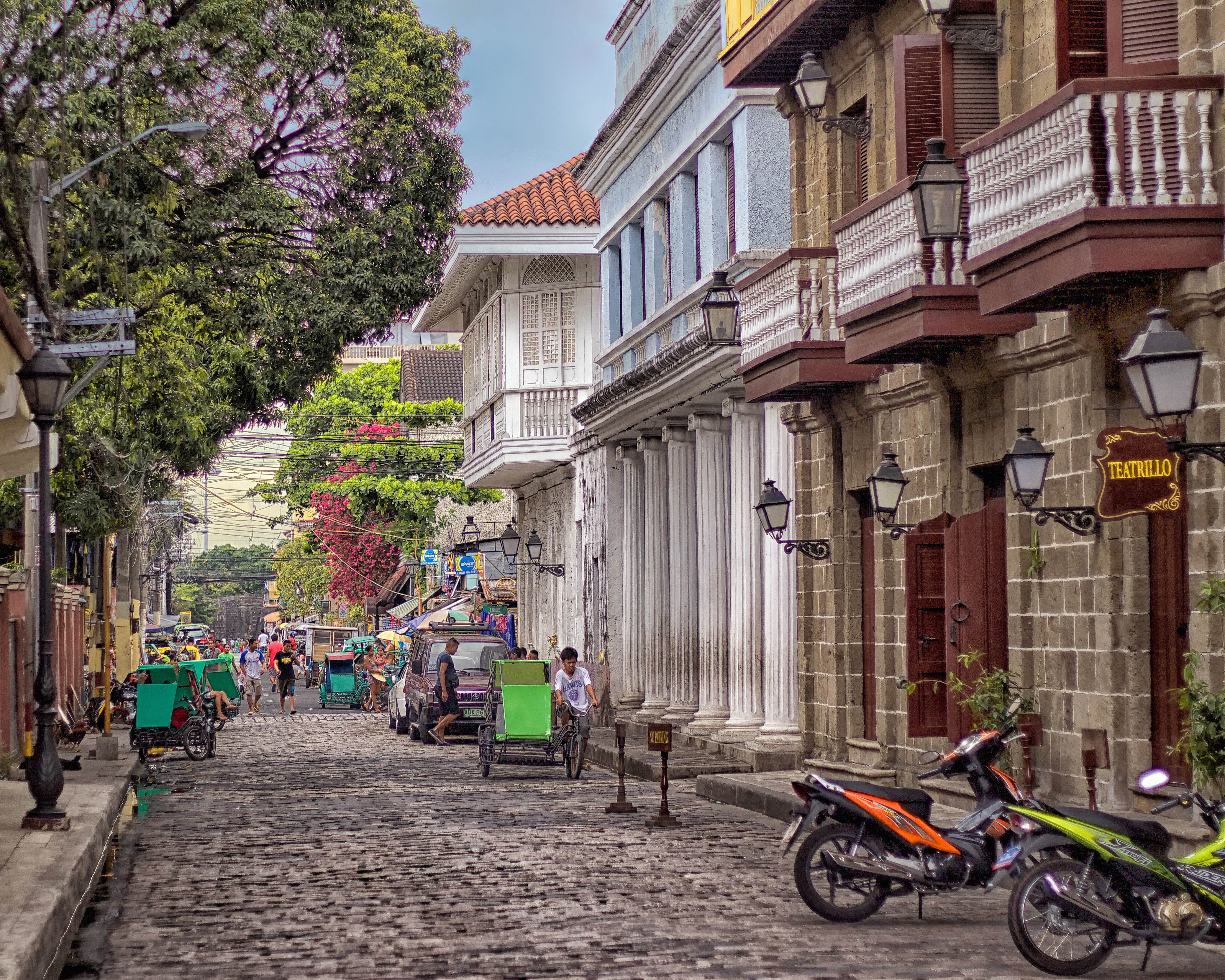
History of Intramuros
This place is also known as the “City Within Walls,” was built by the Spanish colonial government in the late 16th century. Construction began in 1571 under the supervision of Miguel Lopez de Legazpi, the first Governor-General of the Philippines. The purpose of building Intramuros was to protect the newly established city of Manila from foreign invasions.
Throughout its history, It witnessed colonial rule, wars, and occupation. The city served as the center of political, religious, and economic activities during the Spanish colonial period. However, during World War II, Intramuros suffered severe damage, with many of its historical structures destroyed. In recent decades, concerted efforts have been made to restore and preserve its cultural heritage, allowing visitors to step back in time and explore its storied past.
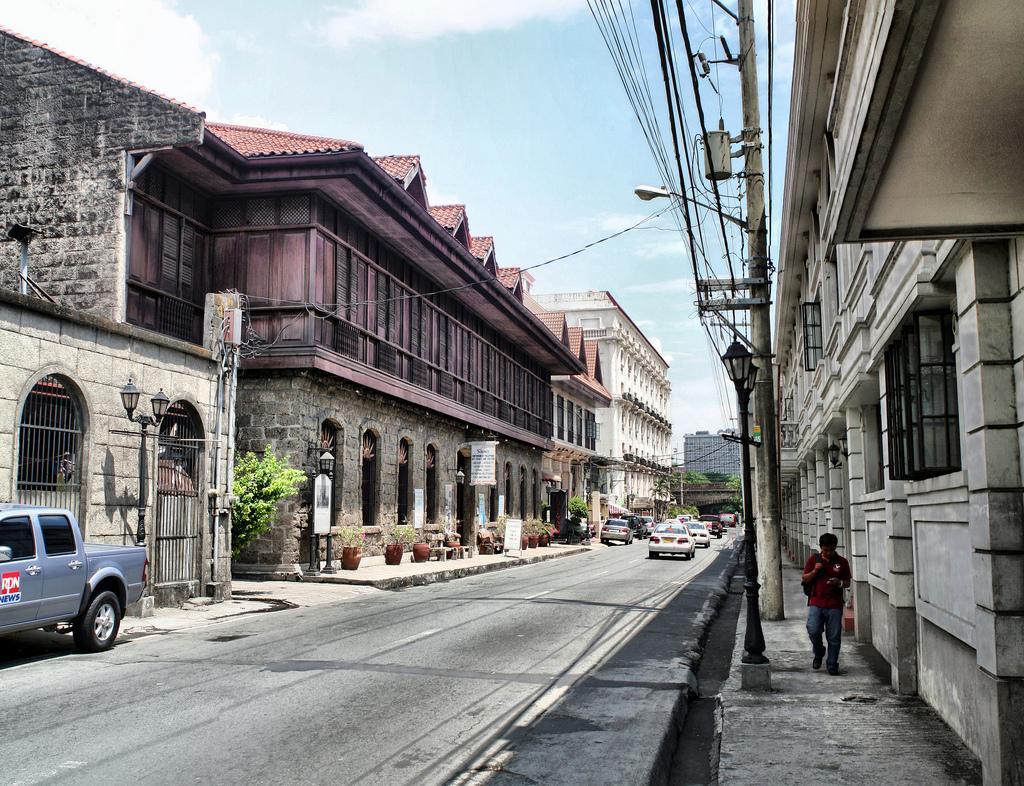
How to Get There
Intramuros is conveniently located in the heart of Manila, making it accessible for both locals and tourists. The Ninoy Aquino International Airport serves as the main gateway to Manila. From the airport, visitors can take a taxi or use rideshare services to reach Intramuros.
Public transportation, such as the LRT-1 and LRT-2 train lines, also provides easy access to Intramuros. Alight at the Central Terminal Station, and from there, it’s a short walk or a quick ride to the walled city. For those exploring Manila by car, several parking facilities are available near the entrances to Intramuros.
Places to Visit in Intramuros:
1. Fort Santiago: A citadel within Intramuros, Fort Santiago is an iconic historical site that played a crucial role during the Spanish colonial period. Visitors can explore its dungeons, walk along the walls, and appreciate the views of the Pasig River.
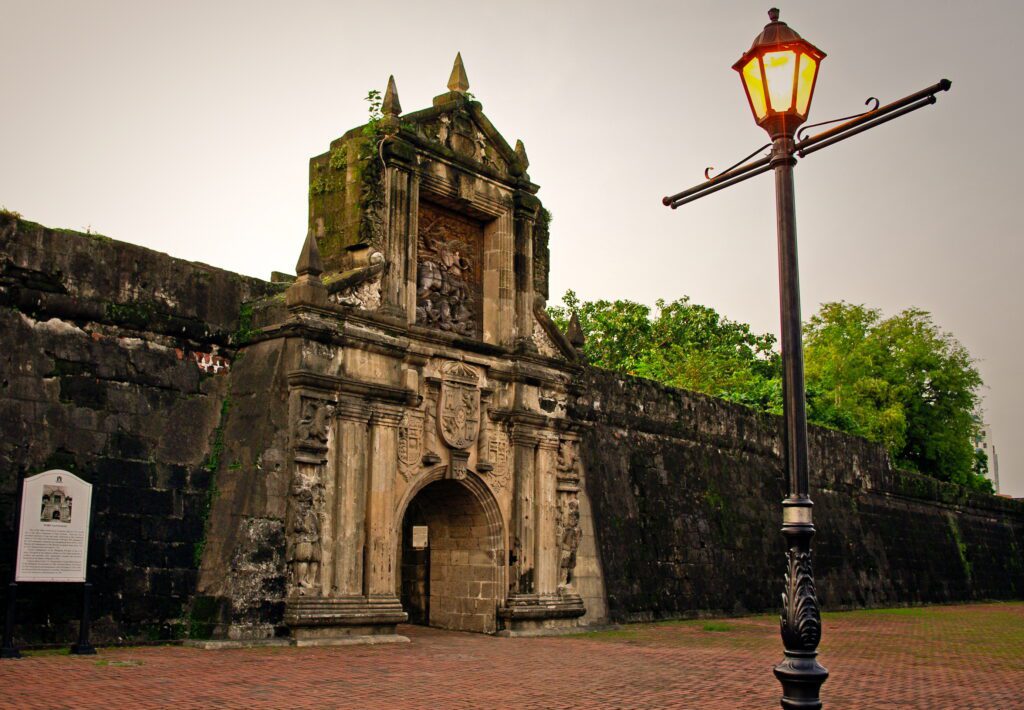
2. San Agustin Church: A UNESCO World Heritage Site, San Agustin Church is the oldest stone church in the Philippines. The church’s stunning architecture and rich history make it a must-visit destination within Intramuros.
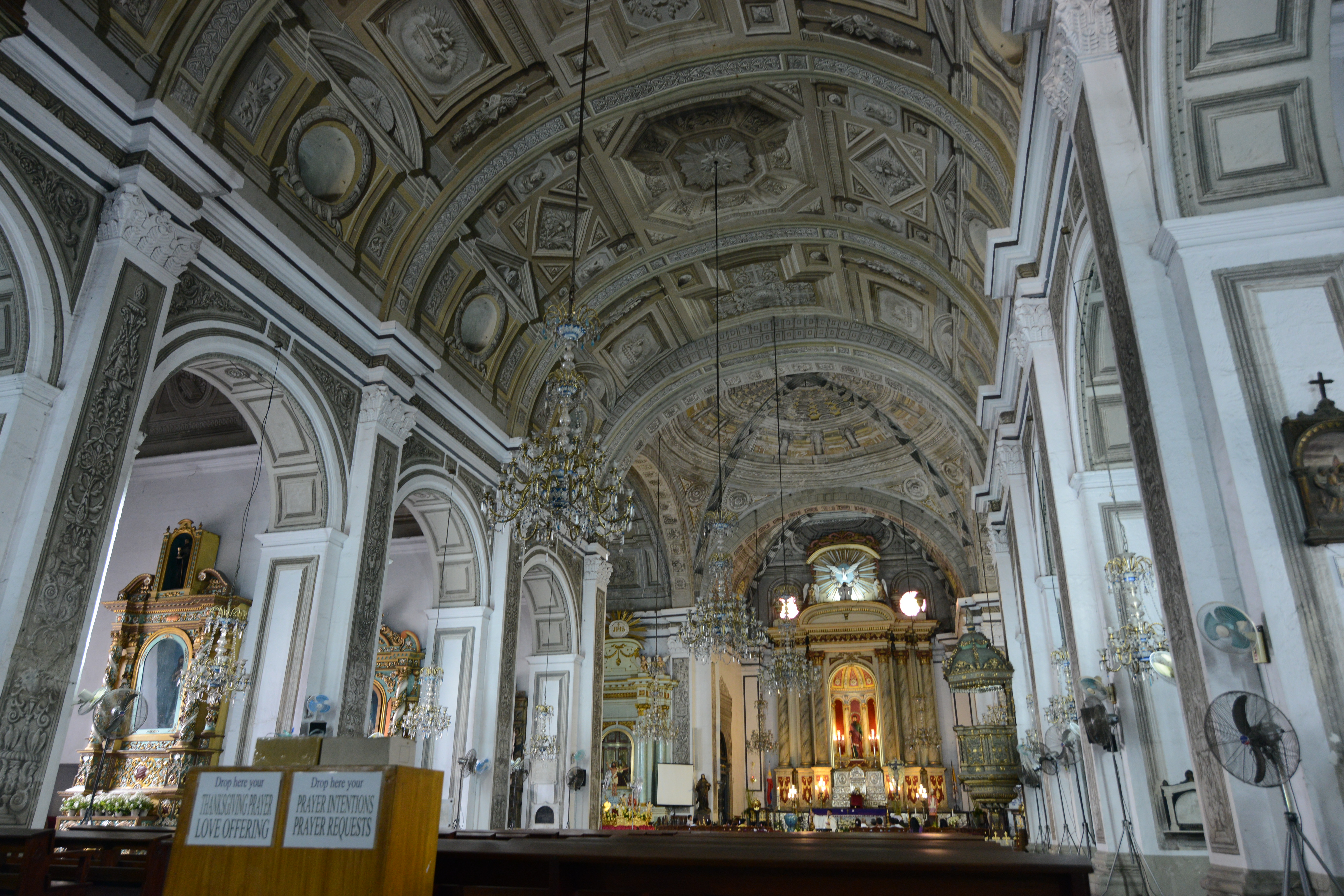
3. Manila Cathedral: Located just a stone’s throw away from Fort Santiago, the Manila Cathedral is another significant religious site. Its grand design and intricate details make it a captivating stop for history and architecture enthusiasts.
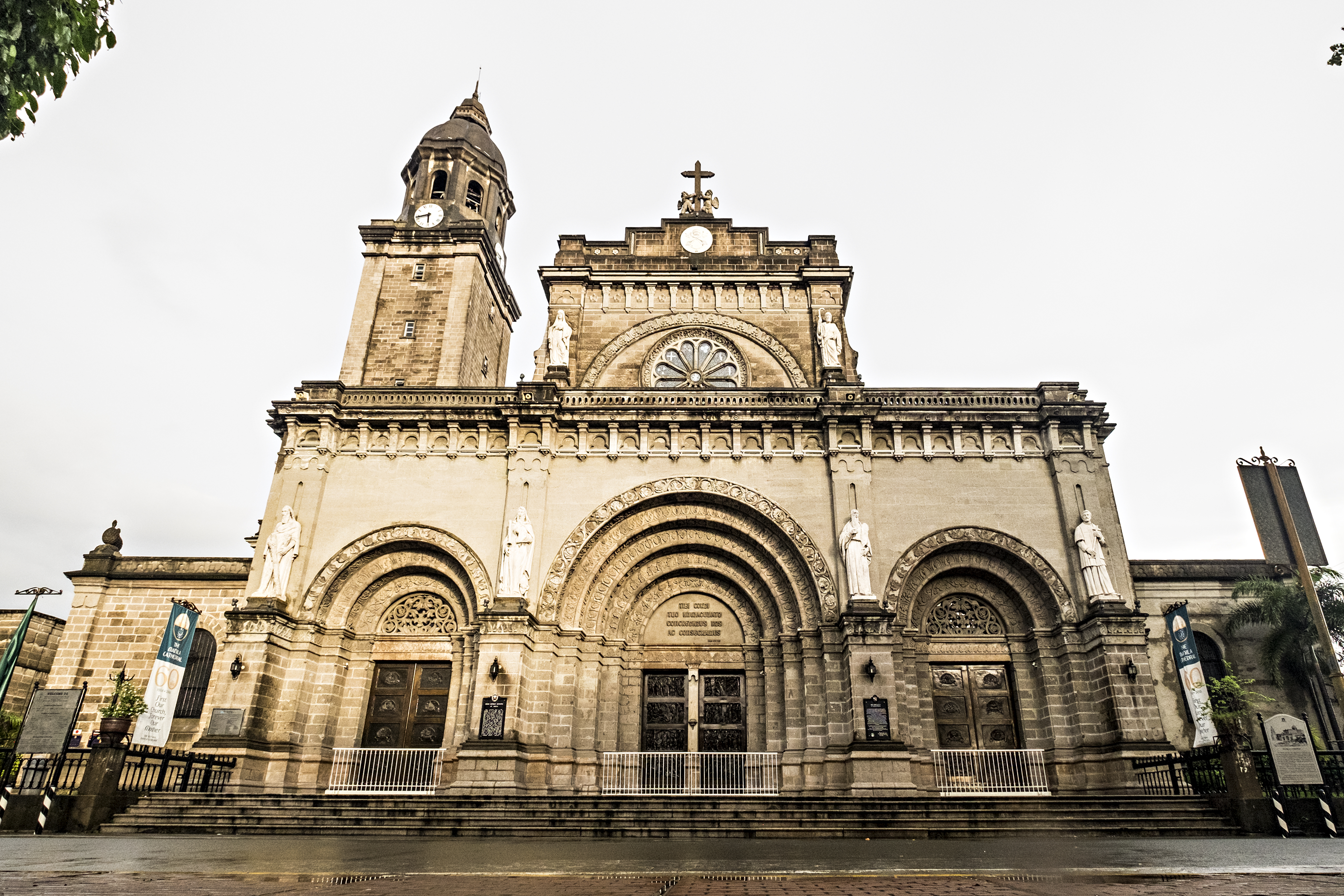
4. Baluarte de San Diego: This well-preserved bastion showcases the military architecture of Intramuros. Visitors can explore its ramparts and enjoy a panoramic view of the surrounding area.
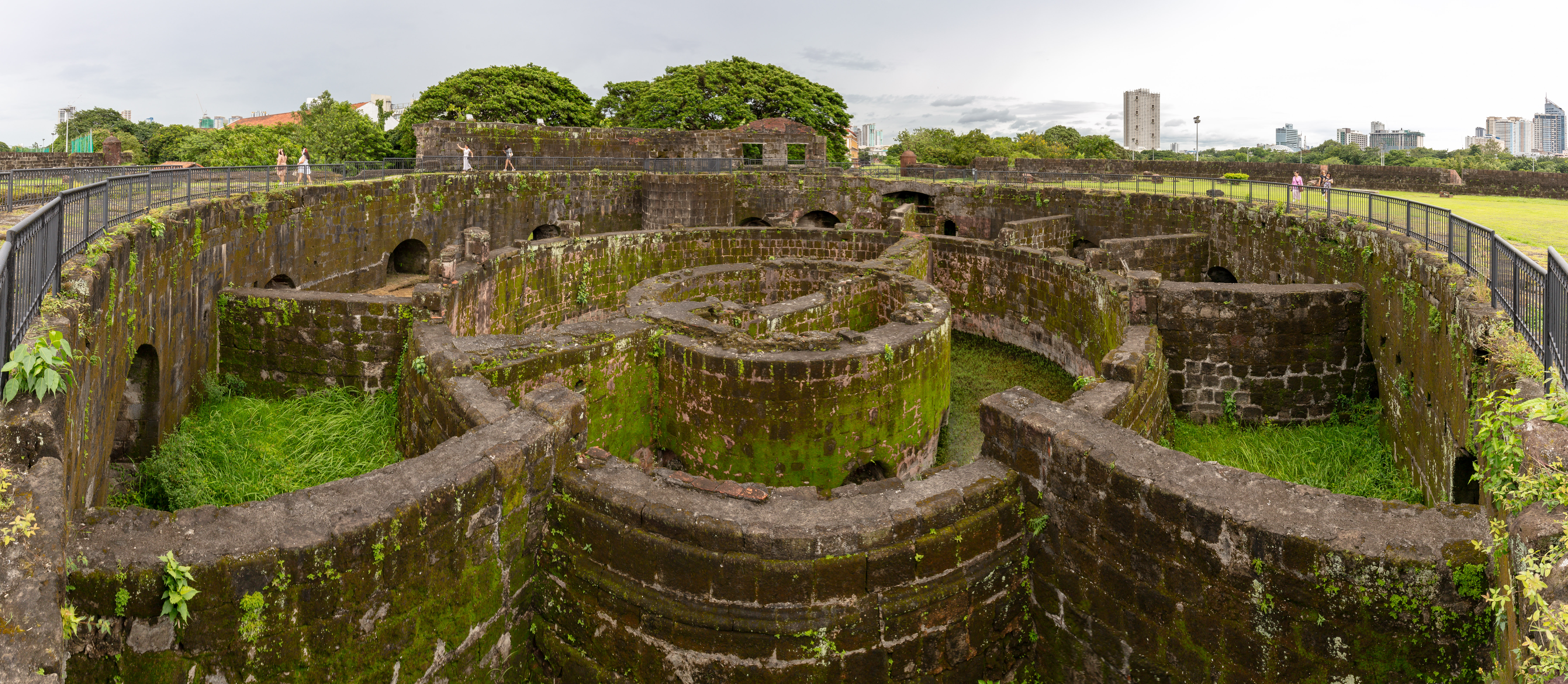
5. Plaza de Roma: Located in front of the Manila Cathedral, Plaza de Roma is a historic square surrounded by important structures like the Ayuntamiento and the Palacio del Gobernador. The plaza serves as a central gathering point and a scenic spot for taking in the ambiance of Intramuros.
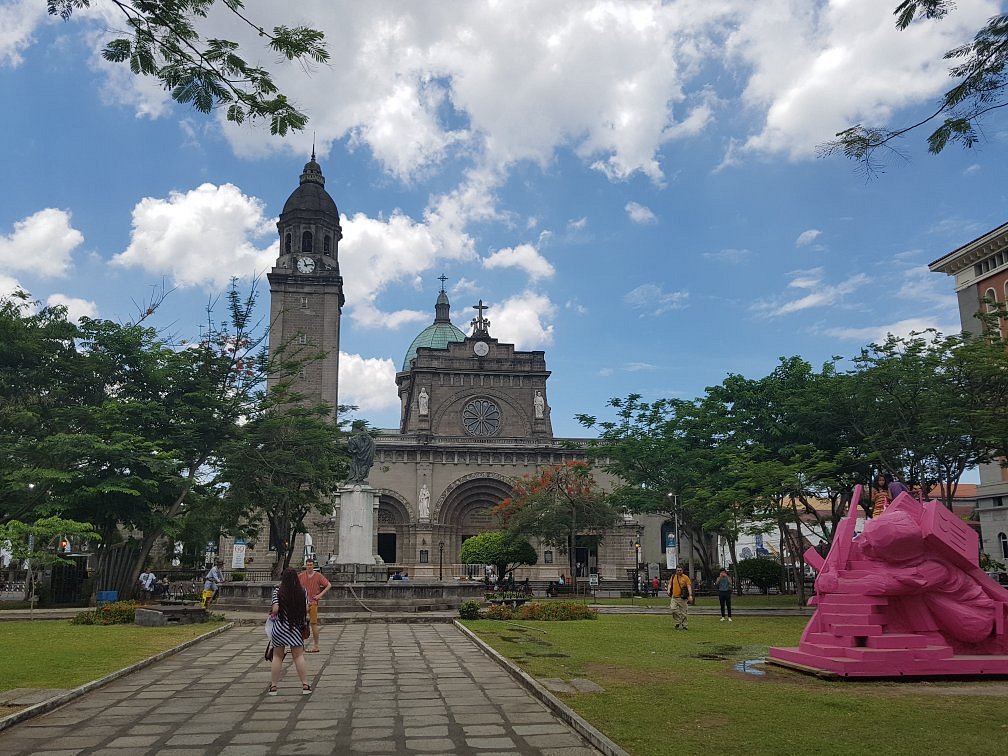
6. Casa Manila: Modeled after colonial houses during the Spanish era, Casa Manila provides a glimpse into the lifestyle of the Filipino elite during the 19th century. The museum features well-preserved furniture, art, and décor, offering a fascinating journey into the past.
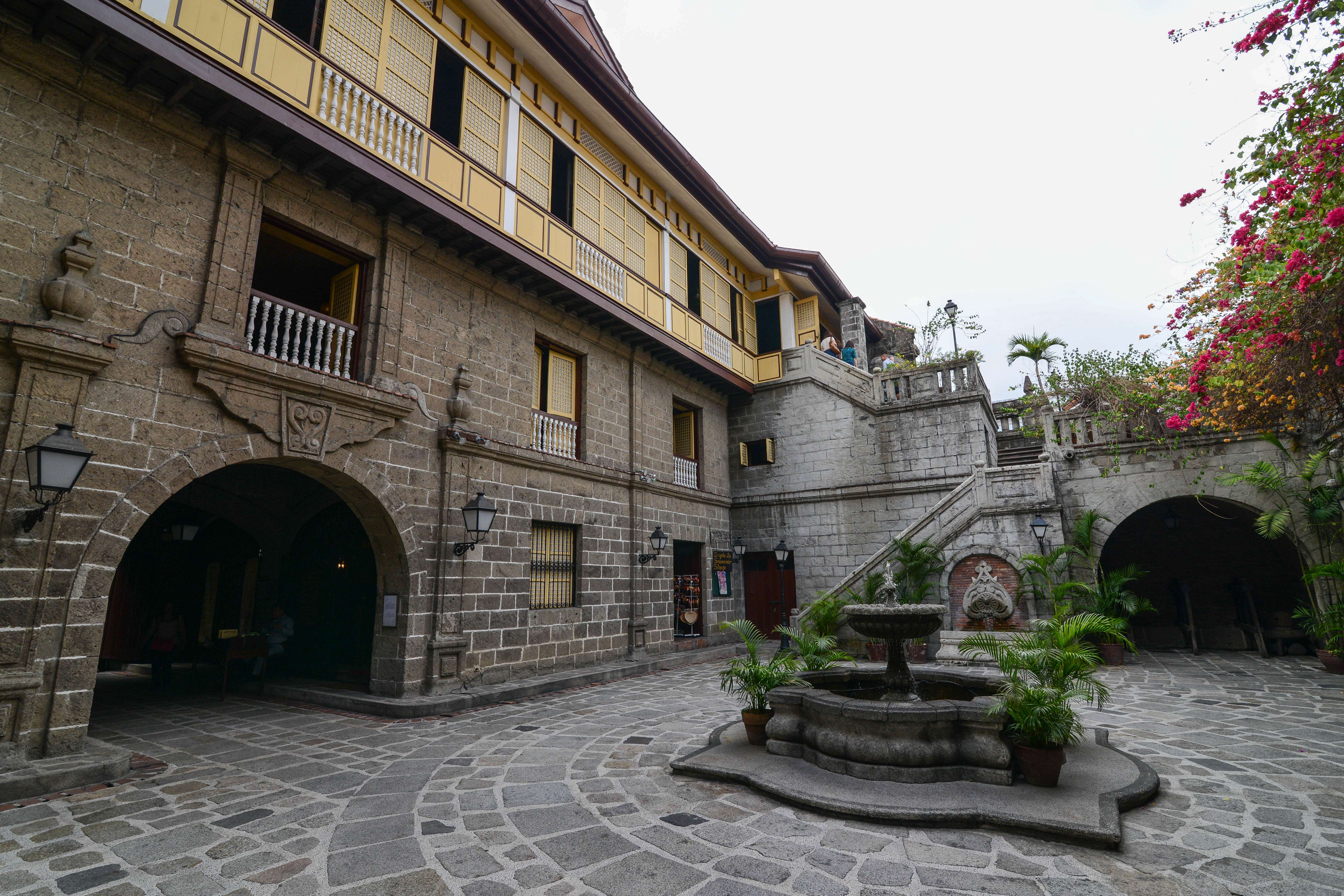
Things to Do There:
- Guided Walking Tours: To fully appreciate the historical significance of Intramuros, consider joining a guided walking tour. Knowledgeable guides provide insights into the city’s history, architecture, and cultural heritage.
- Horse-drawn Carriage (Kalesa) Rides: Experience the charm of Intramuros by taking a leisurely kalesa ride through its cobblestone streets. It’s a nostalgic way to explore the walled city and its historic landmarks.
- Visit the Rizal Shrine: Located within Fort Santiago, the Rizal Shrine is dedicated to the national hero, Dr. Jose Rizal. Explore the museum and gain insights into Rizal’s life and the role he played in Philippine history.
- Enjoy Local Cuisine: Intramuros offers a variety of dining options, ranging from quaint cafes to restaurants serving Filipino and international cuisine. Take a break from exploring and savor the flavors of the Philippines.
This place stands as a captivating blend of history, culture, and architecture, inviting visitors to step back in time and immerse themselves in the rich tapestry of the Philippines’ past. Whether you’re a history enthusiast, a cultural explorer, or someone seeking a unique travel experience, Intramuros has something to offer. From the imposing Fort Santiago to the serene courtyards of San Agustin Church, the walled city is a treasure trove waiting to be discovered by those eager to unravel the stories woven into its ancient walls. Plan your visit to Intramuros and embark on a journey through time in this remarkable destination.
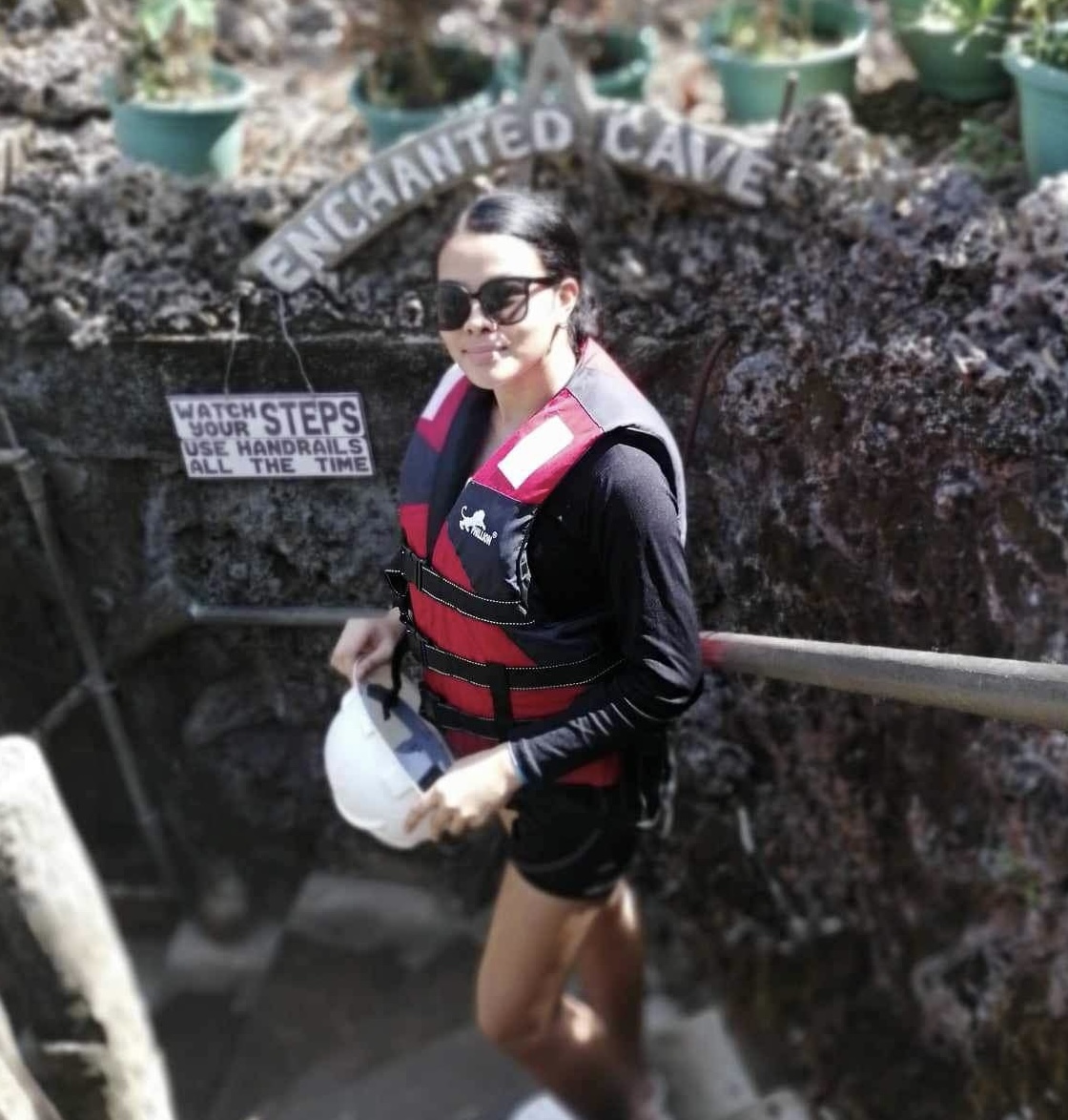
I’m Ken, an avid travel blogger and a nurse chronicling my adventures on “The Sneaky Traveller.” My journey in healthcare and travel enthusiast is driven by a desire to make a meaningful impact in both realms.
